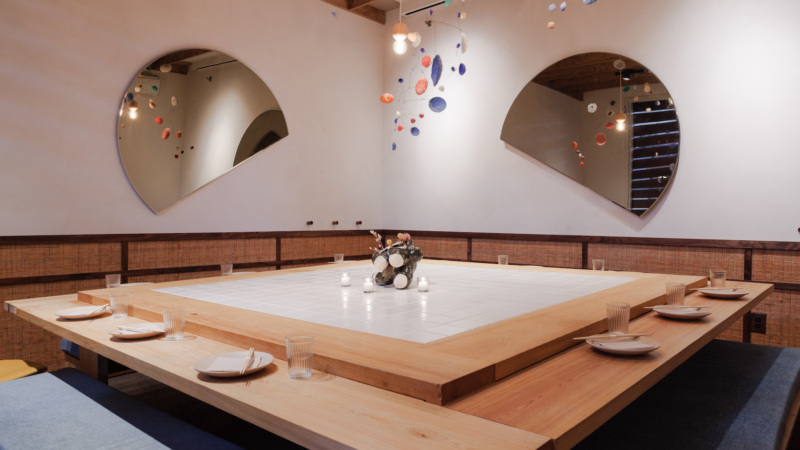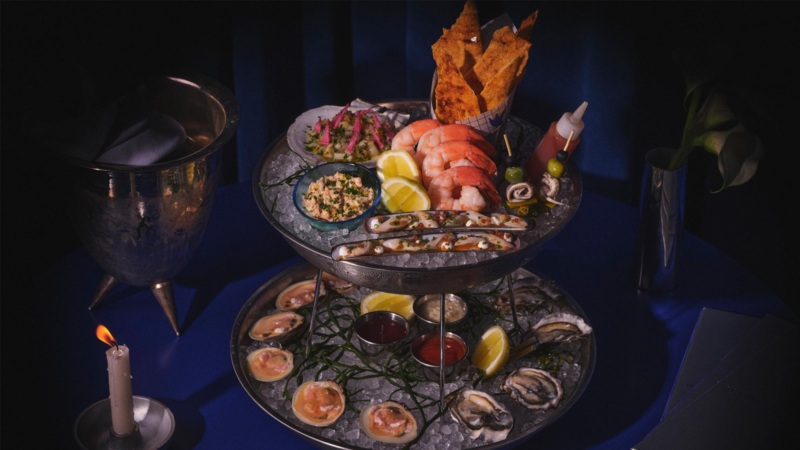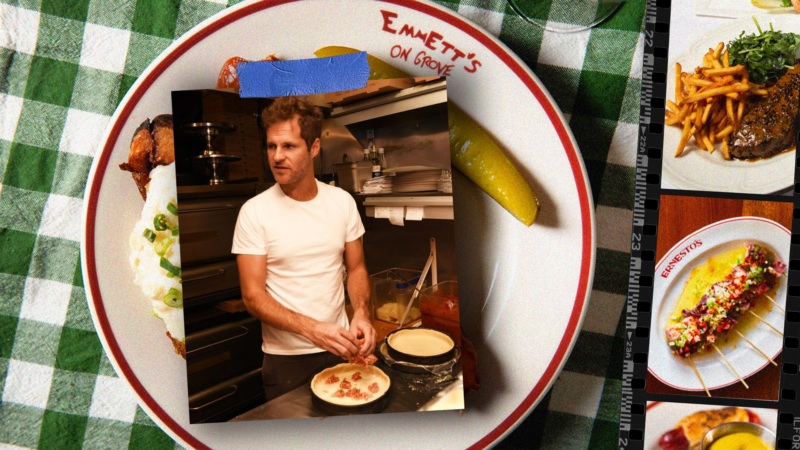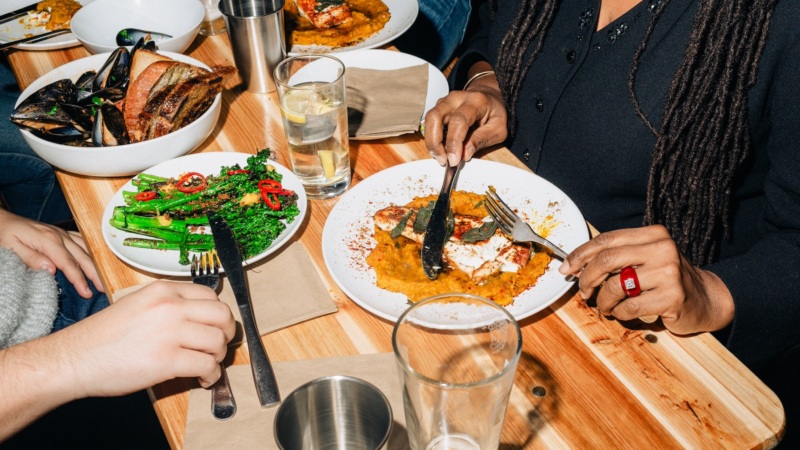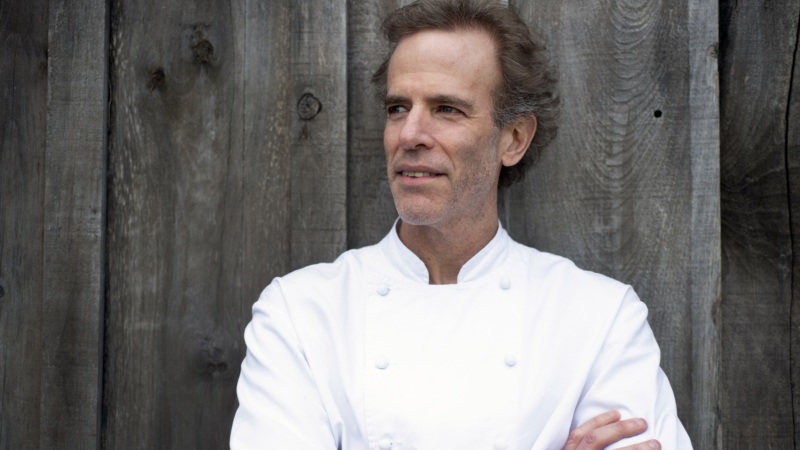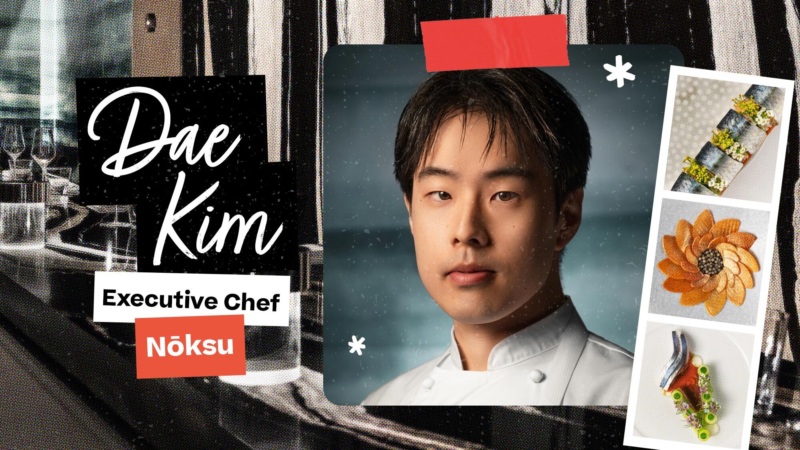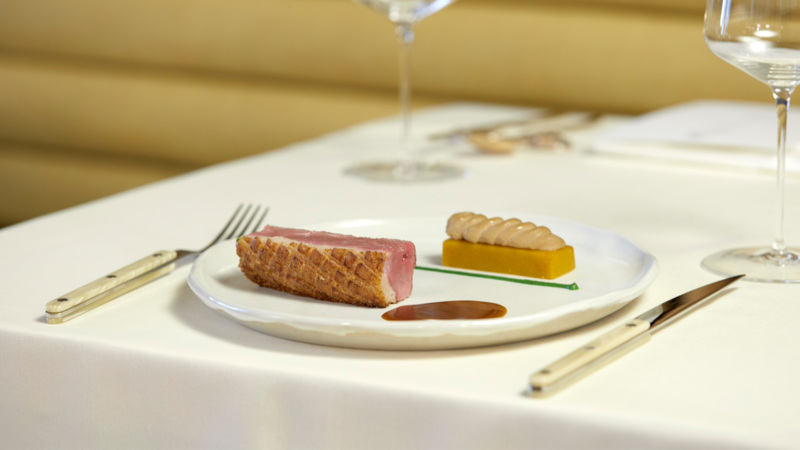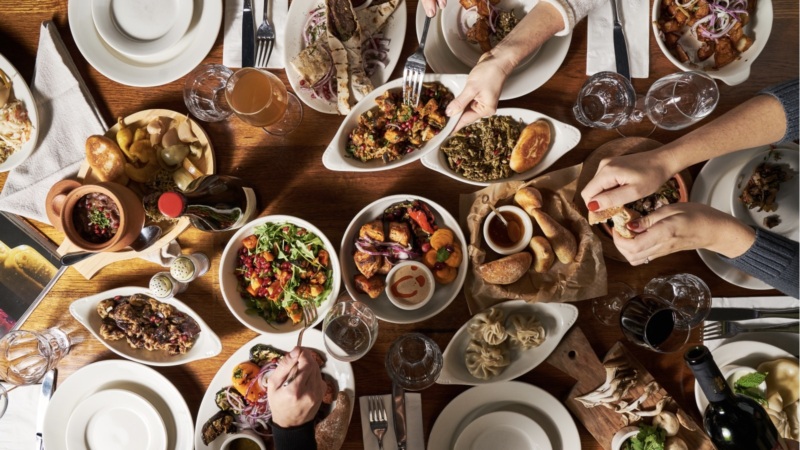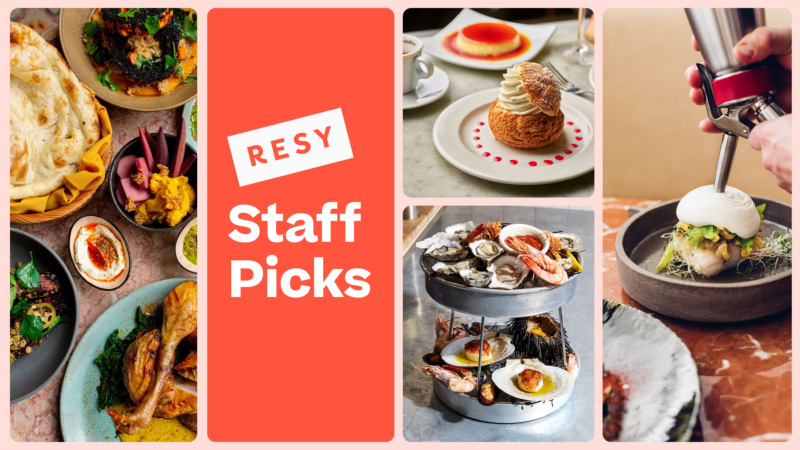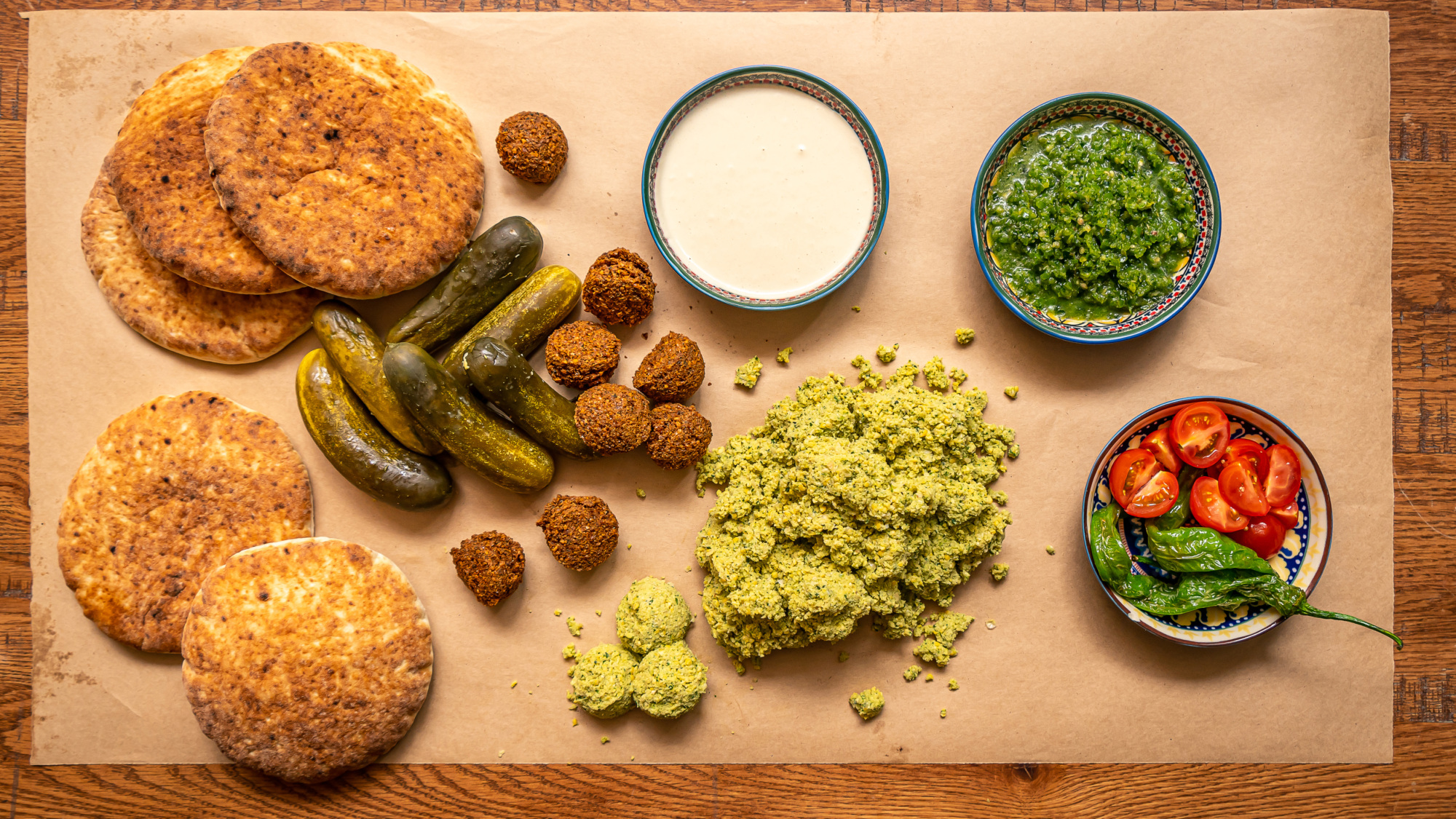
From Pitas to Pantries: How Miznon Is Staying Afloat
A couple of months ago, New Yorkers and visitors alike were lining up for whole roasted cauliflowers and pita sandwiches at Eyal Shani’s acclaimed Israeli chain. Today, Miznon’s two New York locations remain open, servicing their neighborhoods with takeout and pantry goods.
Resy caught up with Nadav Greenberg, the head chef at North Miznon, to talk about meal kits, community, and the importance of freshly-made falafel.
*****
You’ve stayed open this entire time — what was that decision like?
Nadav Greenberg: When everything broke out in the middle of March, we quickly realized that we would need to pivot to takeout and delivery if we wanted to continue to remain open. We saw what was happening in Israel and around the world, and knew it was going to become a big problem here too, fast. The decision was tough but essential.
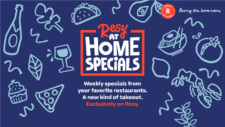
How have operations shifted?
We promptly closed HaSalon and Miznon at Chelsea Market and pivoted our efforts to focus on operating out of Miznon on the Upper West Side, which was previously solely dine-in. After we got into a rhythm and the city was showing signs of opening back up, we decided to open Chelsea again. Chelsea had always offered takeout and delivery but the vast majority of business previously was dine-in from tourists and market tenants, as well as catering. We’ve essentially had to build a whole new current model at both locations.
Has the menu changed from pre-COVID?
Lots. We’ve shifted the Upper West Side to incorporate more pitas and “casual” items, and shifted Chelsea to incorporate more “upscale” items suited for dinner. We did lots of experimenting at first to find the menu we’re currently serving — items that travel well, items that people want to eat at home, and things that just make people happy. We also watched how people were ordering and then started offering large format meals to feed a family or keep in the fridge for a few days, which has been really well received, we think.
When did you start pivoting to pantry goods and make-at-home meals?
In early May, we realized that even though we’d been successfully operating with takeout and delivery, we needed to continue to evolve as it became clear that this was not a temporary situation. People were continuing to cook at home and looking for fun activities. We use the exact same staple ingredients at all of our restaurants around the world — olive oil from one farm in Israel, a specific coarse sea salt, Israeli za’atar — and thought people would enjoy using those in their own kitchen. We also published a collection of recipes online to allow people to stay connected to our food wherever they ended up during this time. And the make-at-home meal kits: Have you ever tasted a falafel fresh out of the fryer? It’s not the same when it travels 30 minutes to get to you.

What are some of your current best-sellers?
Obviously the cauliflower. Recently people have been loving the schnitzel, minute steak pita, and hummus, too.
What do you have planned for Resy At Home Specials?
For our first week we’ve curated a complete meal for two featuring our braised lamb stew with earth vegetables. It’s a whole spread with salatim (Israeli salads and dips), the lamb, some vegetable sides, a dessert and a bottle of wine. For the next week, we put together a lamb kabob kit which people can throw on the grill for the Fourth of July — on the stove works, too. With Goldstar (Israeli beer), of course.
Have you tried translating the dining room experience into the takeout experience?
Our Lamb Stew At-Home special is our attempt at recreating the dining room experience at home. A meal at one of our restaurants is about the experience — we want you to share, there’s probably too much food, we want you to feel comfortable, maybe make a mess, the music is probably loud, maybe you take a shot with your server. Our set meals at home try to replicate this by creating a celebratory, sharing experience at home.
Who are your guests now?
On the Upper West Side we see lots of regulars. Lots of locals from the neighborhood and also a strong, loyal Israeli following. In Chelsea it’s lots of younger people who live downtown and just love our pitas. The local community has been amazing. Lots of our guests who were regulars for dine-in have become regulars for takeout. They’ve been understanding through our mistakes and have continued to provide feedback to help us improve.

What are some of the things you’ve learned from doing takeout and delivery?
It’s really cool to see how resilient and adaptable people are. It was tough at first for sure, but here we are. Even though there’s no customers in the restaurant, our routine as cooks is still the same and if you enjoy what you do, that’s still fun and rewarding. However, it’s a challenge that you can no longer recognize the immediate impact and interact with the customer.
Are takeout and delivery working? Has it been profitable for the restaurant?
It’s working in a sense that we’ve been able to continue to serve our community, employ a small amount of kitchen staff, cook meals for hospital workers. But of course it’s very different.
Do you envision continuing takeout and delivery in the long run?
It’s hard to say. What’s the long run? What’s the future of New York City? There’s certainly some things we’ve learned during these times that we will apply to the future, but who knows what will happen. We can’t wait to see our guests and welcome them back in person one day.
Is there something you wish diners knew about restaurants doing takeout and delivery?
The change was so immediate that no one had time to plan or prepare. With the perspective we have today, it’s really beautiful how much creativity and opportunity has come from everything. As an industry and a city, it’s incredible how much we’ve been able to adapt and grow.
Noëmie Carrant is a Resy staff writer. Follow Resy on Instagram and Twitter.


